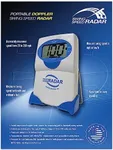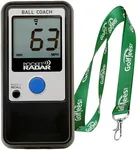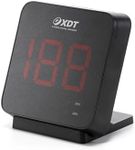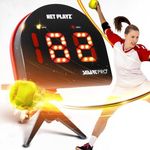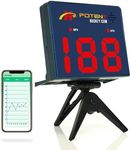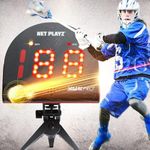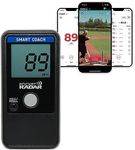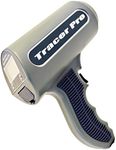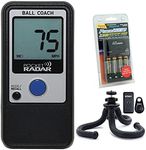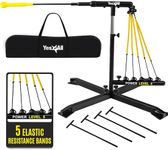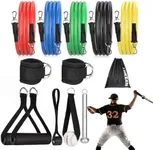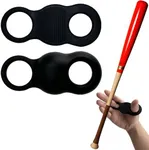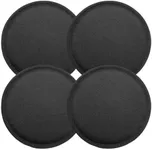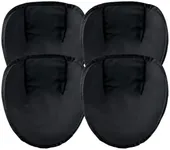Buying Guide for the Best Speed Radar For Sports
Choosing the right speed radar for sports can significantly enhance your training and performance analysis. Speed radars are used to measure the speed of moving objects, such as balls, players, or vehicles, and are essential for athletes, coaches, and sports enthusiasts who want to track and improve their performance. When selecting a speed radar, it's important to consider several key specifications to ensure you get a device that meets your needs and provides accurate, reliable data.AccuracyAccuracy refers to how close the radar's measurements are to the actual speed of the object. This spec is crucial because inaccurate readings can lead to incorrect assessments and training adjustments. Accuracy is usually expressed in terms of a margin of error, such as ±1 mph. For professional use, look for radars with high accuracy (±1 mph or better). For casual or recreational use, a slightly lower accuracy (±2-3 mph) may be acceptable. Consider your need for precision when choosing the right radar.
RangeRange is the maximum distance from which the radar can accurately measure speed. This is important because it determines how far away you can be from the object being measured. Ranges can vary from a few feet to several hundred feet. For sports like baseball or tennis, a shorter range (up to 100 feet) may be sufficient. For sports like soccer or car racing, a longer range (over 100 feet) might be necessary. Think about the typical distance between you and the object when selecting the range.
Measurement UnitsMeasurement units refer to the units in which the radar displays speed, such as miles per hour (mph), kilometers per hour (kph), or meters per second (m/s). This spec is important for ensuring the data is in a format that is useful and understandable for you. Some radars offer multiple units, allowing you to switch between them. Choose a radar that provides measurements in the units you are most comfortable with or that are standard in your sport.
DisplayThe display is where the radar shows the measured speed. A clear, easy-to-read display is important for quickly and accurately reading the data. Displays can vary in size, brightness, and type (LCD, LED, etc.). For outdoor use, a bright, high-contrast display is beneficial. For indoor use, a standard display may suffice. Consider where and how you will be using the radar to determine the best display type for your needs.
PortabilityPortability refers to how easy it is to transport and set up the radar. This is important if you need to move the radar between different locations or use it in various settings. Portable radars are typically lightweight and compact, sometimes even handheld. Larger, more stationary models may offer additional features but can be cumbersome to move. Think about your typical usage scenarios and choose a radar that balances portability with the features you need.
Battery LifeBattery life indicates how long the radar can operate on a single charge or set of batteries. This is important for ensuring the radar can last through your training sessions or events without needing frequent recharges or battery changes. Battery life can range from a few hours to several days, depending on the model and usage. For extended use, look for radars with long battery life or options for external power sources. Consider how long and how often you will be using the radar to determine the necessary battery life.
Additional FeaturesAdditional features can include things like data logging, wireless connectivity, and compatibility with apps or software. These features can enhance the functionality of the radar and provide more detailed analysis and tracking. Data logging allows you to record and review speed measurements over time. Wireless connectivity can enable real-time data transfer to other devices. Consider what extra features might be beneficial for your training or analysis needs and choose a radar that offers those capabilities.
